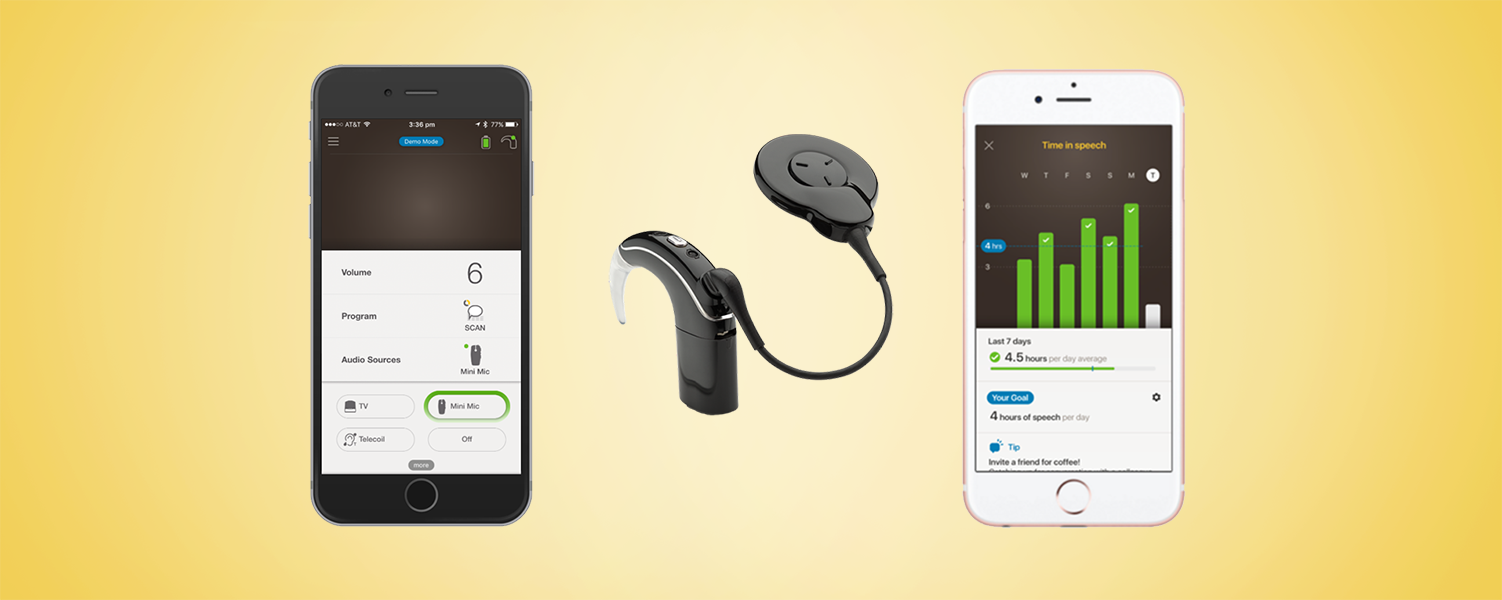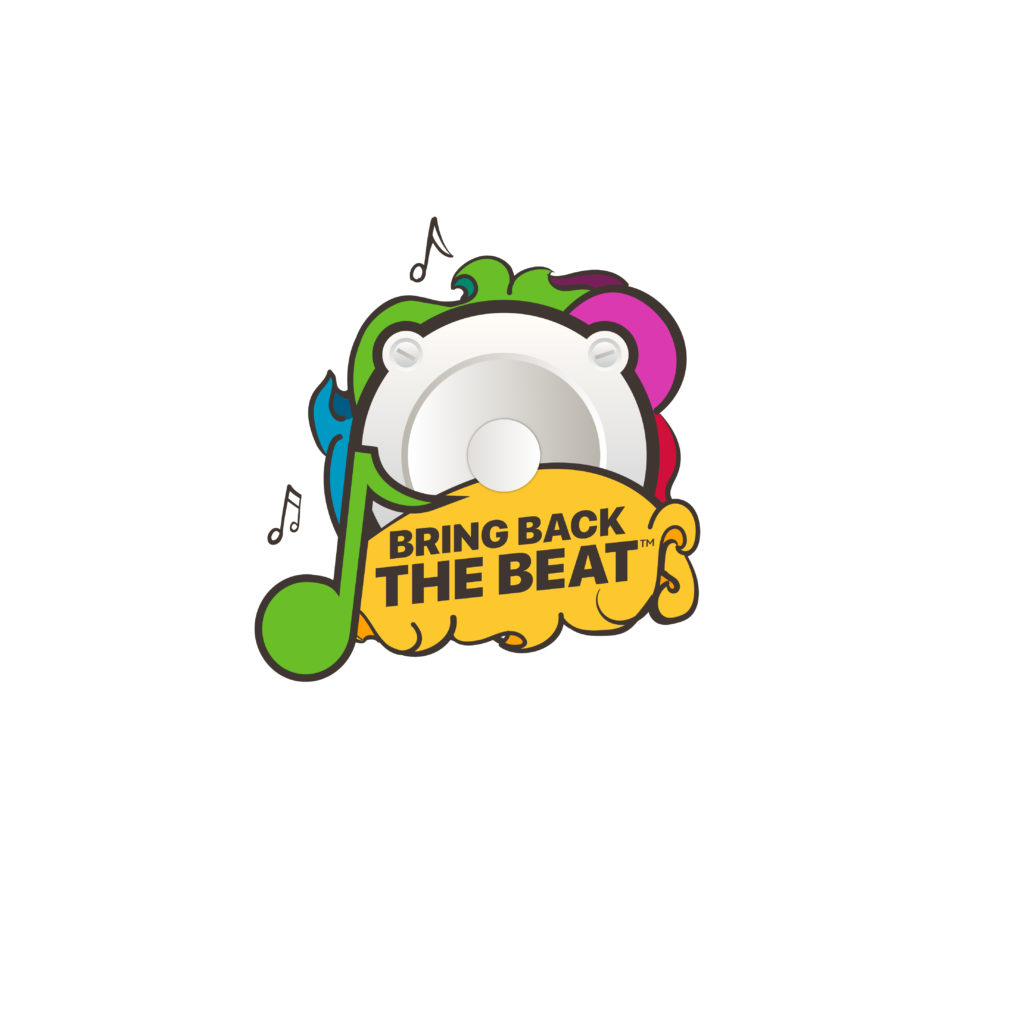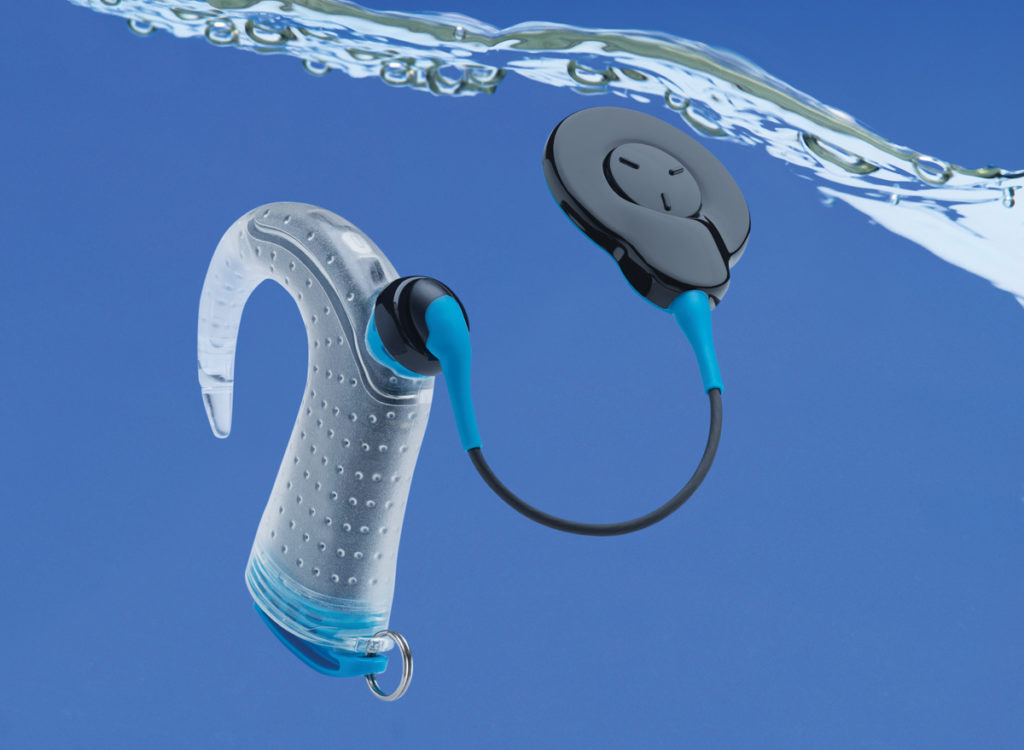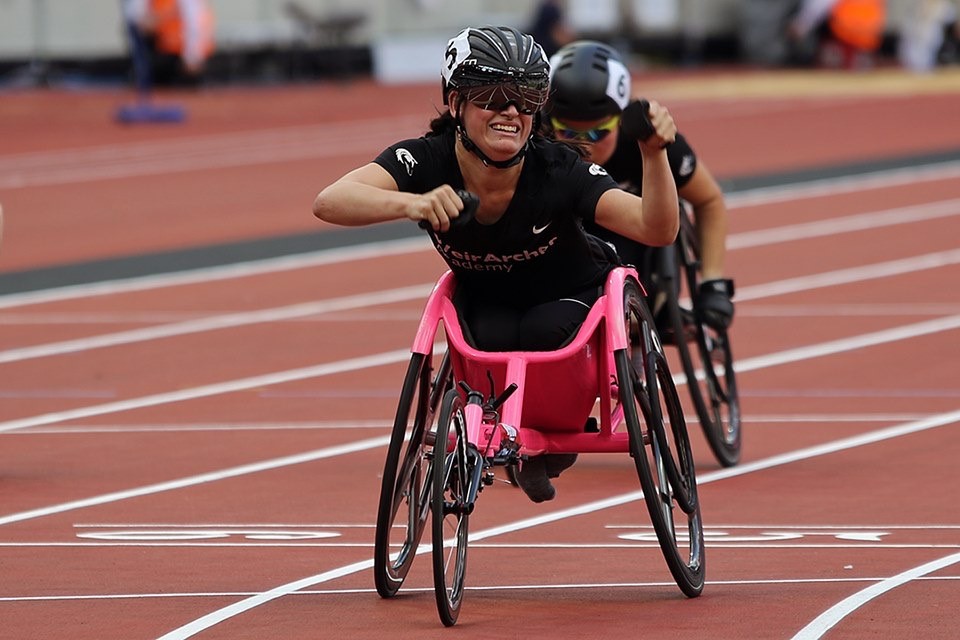Most recipients tell us they are keen to have ‘better conversations’ and research tells us that the more children are exposed to speech by being engaged in conversations, the better they do.
The Hearing Tracker can help
The Hearing Tracker in the Cochlear™ Nucleus® Smart App for Nucleus 7 Sound Processors shows Time in Speech. This is the time that you or your child was exposed to speech, speech in noise, or was involved in listening via an accessory such as the Cochlear Wireless Mini Microphone or direct streaming from an Apple or Android device.
Take a look at your hearing tracker, think about the tallest green bar and ask yourself:
- Why was there so much speech on this day?
- What did I do to add to the speech heard?
- Who else talked with me or my child?
The timeline technique
It can be helpful to think through your (or your child’s) day as an imaginary line that runs through your day, from waking up to going to bed.
WAKE UP – MORNING – AFTERNOON – EVENING – SLEEP
As you think about that timeline, ask yourself:
- When do I put the processors on?
- When do I take them off?
Try doing this for a typical day. Now consider your ideal day, or the day when you or your child heard the most speech. You could even try constructing a timeline for a typical or ideal week.
- How much time do I wear processors in a typical day?
- How does that compare with an ideal day?
- Wearing the processors for longer is a positive step towards using them for all waking hours.
Finding the good
Ask yourself: when I (or my child) have conversations what do I talk about? What other activities do I do? Could I include more conversations? Who else talks with me?
Find the good, then praise it.
Alex Haley, author
A good way of encouraging others to have more conversations with you or your child is to notice when they do and praise them, a simple “thanks, that was nice” is a good start, it might feel strange to say this but others will know that you appreciate their efforts.
To get past obstacles, first you must see them
What obstacles are there to listening and talking?
When there is background noise, what do I notice?
What helps?
When you next see your audiologist ask about the features of your sound processor that might help with conversations when there is background noise (e.g. ForwardFocus) and ask about the accessories that will help you or your child (e.g. the Cochlear Wireless Mini Microphone).
Creating opportunities
Even before a child has words you take turns in conversations by responding to their gestures, facial expressions and babbles to keep the conversation going.
To grow your child’s listening and language skills, first notice what your child is focused on, e.g. what are they looking at? Then start talking about what’s happening. Noticing and talking about the person’s focus of attention is a good way for anyone of any age to engage with others in more conversations!
Using photos on your phone or in an album or scrapbook to stimulate conversations is a great way of adding conversations around topics that are relevant to you or your child’s life, experiences and memories.
Every little helps
The old saying ‘every little helps’ is the kind of advice your grandmother might give. But imagine you could add 15 minutes of conversation to each day. That adds up to 5,475 minutes in a year and over 27,000 minutes in five years. Think what that could do to grow the listening brain.
What have you discovered?
When you asked yourself all these questions, what did you discover?
Thinking through your or your child’s day in detail provides a clearer understanding of the helpful things that are happening and the opportunities to add more speech to each day.
What will you do next?
I expected [my sound processor] would just take care of business for me. That just isn’t the case. You have to invest, too.
Recipient
Most of us have heard the saying that a journey of a thousand miles starts with a single step.
Think about your life (or your child’s life) and ask yourself what you want to do next and why that is important.
On that note, we leave you to ask yourself this last question:
What will be my next step?

How to get the Nucleus Smart app for your Nucleus 7 Sound Processor
- Download the Cochlear Nucleus Smart App for free from the Apple App Store or the Google Play store.
- Log in with your Cochlear Account details, or follow the in-app instructions to create an account.
- For more information about the Nucleus Smart App, click here.
To find out if your Apple or Android device is compatible with the Nucleus 7 Sound Processor, visit www.cochlear.com/compatibility.




